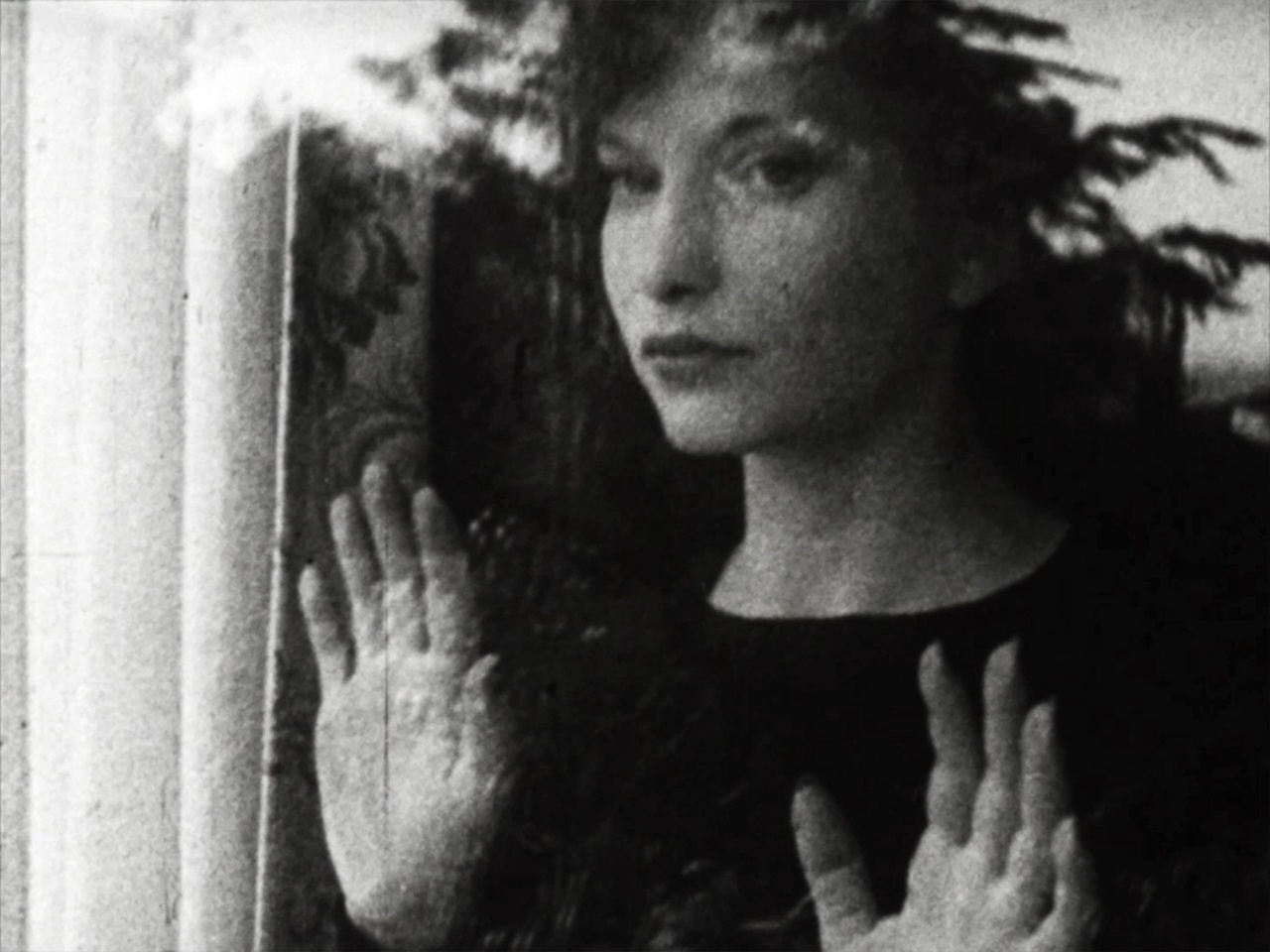Join Performa's mailing list to stay up to date on the latest news and upcoming events.



One of the most important American experimental filmmakers and entrepreneurial promoters of the avant-garde in the 1940s and '50s, Maya Deren (1917-1961) was also a choreographer, dancer, film theorist, poet, lecturer, writer, and photographer. The function of film, Deren believed, like most art forms, was to create an experience; each of her films would evoke new conclusions, and her creative focus was dynamic and always-evolving. She combined her interests in dance (having worked with dancer, choreographer and anthropologist Katherine Dunham for several years), Haitian Vodou, and subjective psychology in a series of surreal and perceptual, black-and-white short films. Using multiple exposures, jump-cutting, superimposition, slow-motion, and other in-camera techniques to her fullest advantage, Deren created continuous motion through discontinued space, while abandoning the established cinematic notions of physical space and time.
Meshes of the Afternoon (1943), her debut film and a collaboration with Alexander Hammid, is one of the most influential experimental films in American cinema. (In 2015, the BBC named Meshes of the Afternoon the 40th greatest American movie ever made). She continued to make several more films of her own, including At Land (1944), A Study in Choreography for Camera (1945), and Ritual in Transfigured Time (1946). Deren wrote, produced, directed, edited, and shot these subsequent films with assistance from only one other person, Hella Heyman, as camerawoman. Deren also appeared in a number of her films but never credited herself as an actress, downplaying her roles as anonymous figures rather than iconic deities.